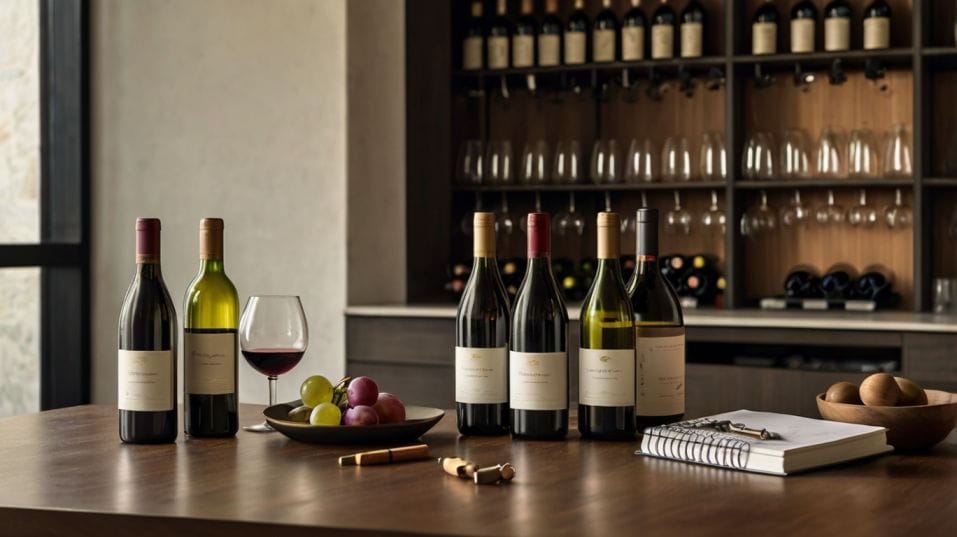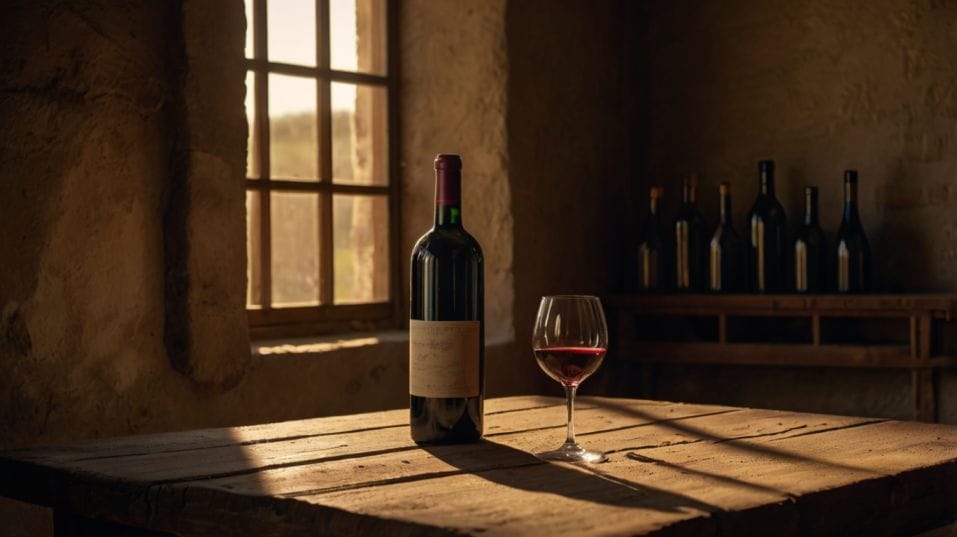How to Build a Simple Starter Wine Collection
Build a wine collection that teaches you to taste with confidence. Learn what to buy, how to store, and why every bottle should have a purpose.

What if your wine shelf could teach you something every time you pulled a bottle? Starting a collection isn’t about status or storage—it's about curiosity.
With just a few smart picks, you can build a set of wines that sharpen your palate, boost your confidence, and help you taste with purpose.
No spreadsheet, no cellar—just bottles that speak, and a mindset that listens. Here’s how to start strong, even if you’re new to the game.
Start with Range That Sharpens Your Palate
A good starter collection isn’t large. It’s intentional. Every bottle should help you understand something new about how wine works—structure, acidity, tannin, ripeness, balance.
These aren’t abstract terms; they’re physical sensations you’ll begin to notice when you taste wines that differ clearly in body, climate, or winemaking style.
Think of your collection as a sensory classroom. You want contrast: a cool-climate white next to a sun-soaked one.
A lean, herbal red next to a plush, fruit-driven one. Each of these wines pushes your palate in a new direction—and every side-by-side comparison builds skill faster than years of casual sipping.
For example, a sharp, dry Riesling from Germany can highlight acid and minerality in a way a richer California Chardonnay can’t.
A Pinot Noir from Oregon shows restraint, freshness, and tension—qualities you may not get in a jammy Zinfandel.
Putting these wines in the same lineup lets you start recognizing style, not just grape. You’re not collecting trophies. You’re collecting lessons in taste.

Choose Wines That Reward Curiosity
Great starter wines are built on transparency. They taste like where they come from. They let the grape speak. And most importantly, they reward attention—not hype.
Stay away from wines that overwhelm with oak, sweetness, or “smoothness.” These often mask flaws or flatten nuance.
Instead, look for bottles that are balanced and expressive, even if they’re simple. These are wines that invite you to slow down and notice what’s happening in the glass.
The goal isn’t to cover every major region or grape variety right away. The goal is to build fluency.
A few thoughtfully chosen bottles from different winemaking traditions—Old World and New, warm climate and cool—will teach you far more than ten similar reds from the same shelf.
This kind of selection helps you tune into patterns: how acidity cuts through fat, how tannins grip or glide, how a wine’s finish can stretch or fall flat.
Over time, you’ll start to connect flavors to places, structure to style. You’ll walk into a shop and know what you’re looking for—and more importantly, why.
Don't Overthink Storage—Just Respect the Wine
You don’t need a wine fridge. But you do need to treat your wine with a little care. Heat and light are your enemies. So is storing bottles upright for long periods, especially if they’re sealed with corks.
The best place? A cool, dark closet or cupboard where the temperature stays relatively steady. Avoid spots near the stove, fridge, or windows.
If you can invest in a small wine fridge, it helps—not for status, but for stability. Your wine will age more gracefully, and you’ll always have something ready at the right temperature.
Play With Temperature
Speaking of which: don’t serve everything at room temperature. Most reds benefit from a slight chill, and most whites show better when not ice cold. Play with temperature. You’ll be surprised how much it can bring a wine into focus.
Taste Like You Mean It
Your collection becomes valuable not when it sits, but when you engage with it. Tasting isn’t about finding the “right” answer.
It’s about asking better questions: What’s happening here? What’s different from the last bottle? Why does this wine feel sharper, softer, more layered, or more direct?
Try tasting the same wine over a few hours—or even over a day or two. Notice how it changes. Oxygen reveals layers. Some wines open up beautifully; others fall apart. This teaches you more about structure and quality than any wine class.
Pair With Purpose
Food pairing is another powerful tool. Pour a high-acid white with rich cheese or oily fish. Match a tannic red with grilled meat or earthy vegetables.
You’ll start to feel what wine does to food—and what food does to wine. And once you understand that, you’ll stop second-guessing your choices and start trusting your instincts.
Keep notes if that’s your thing. But even just saying what you taste—out loud, or in your head—reinforces your memory and deepens your understanding. You’re not trying to speak a critic’s language. You’re building your own.
Invest in Bottles You Want to Open
A collection should reflect your evolving taste, not some imagined ideal. Don’t keep wines just because someone said they were “cellar-worthy” if you don’t want to drink them.
Wine is meant to move. Every bottle is an opportunity to learn more about what you love—and what you’re ready to outgrow.
That said, keeping a few bottles around with some age potential can be enlightening. A structured red from a serious vintage, or a high-acid white with real energy, will show you what a few years in the bottle can do.
And aging doesn’t mean waiting a decade—sometimes even six to twelve months in the right conditions will bring a wine into sharper focus.
Keep the Rhythm Moving
A smart, small collection has a rhythm. You’re always opening, always adding, always adjusting. Some bottles are short-term teachers.
Others you revisit once a year to see how they’ve evolved. Together, they become a conversation between your past and present taste.
Final Thoughts
Building a wine collection is about sharpening your sense of what you like—and why. It’s about depth over volume, clarity over clutter.
Start small. Choose wines that stretch your palate and invite comparison. Store them with respect, taste them with attention, and treat every bottle as part of your education.
Tonight, open something with intention. Sit with it. Taste it twice. Let it show you what’s possible. Then ask yourself: What do I want to explore next? Wine is a lifelong study, but you only have to start once. Start well.




